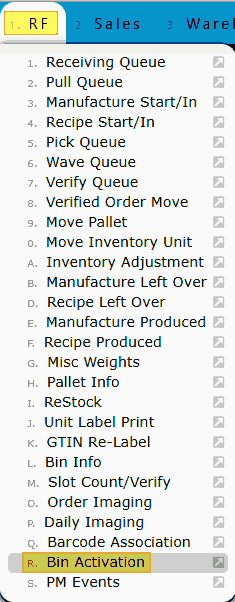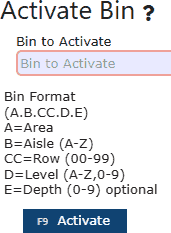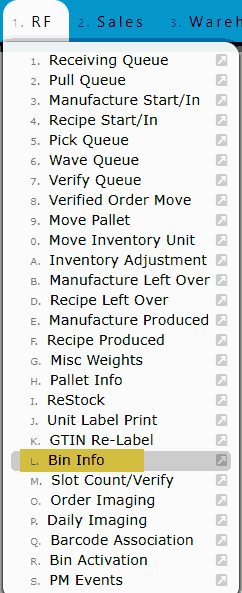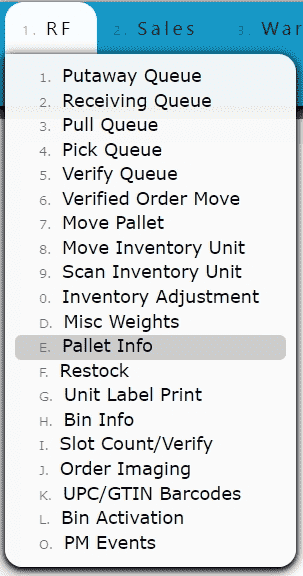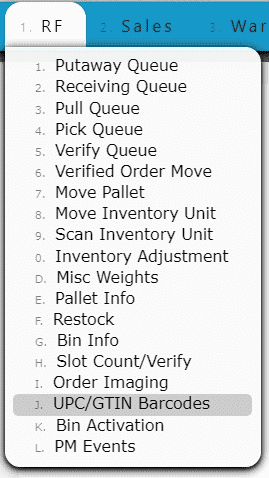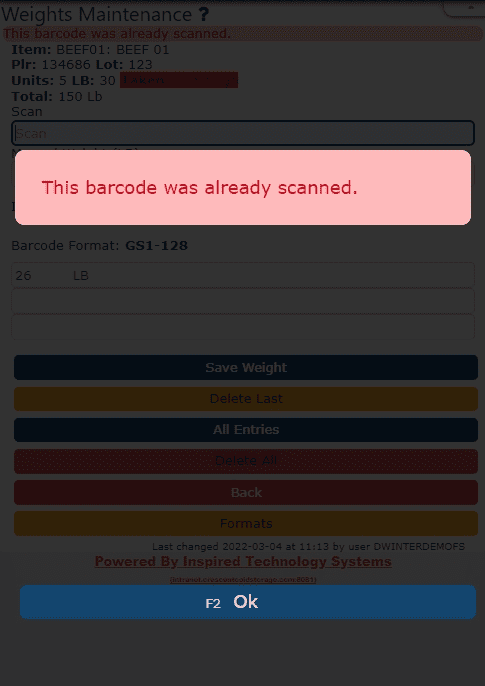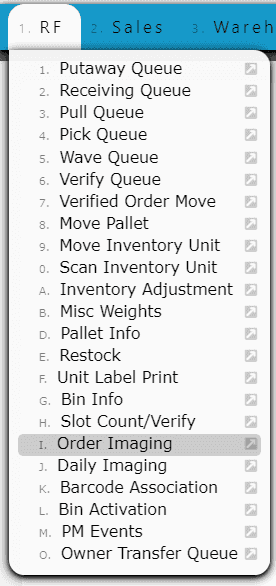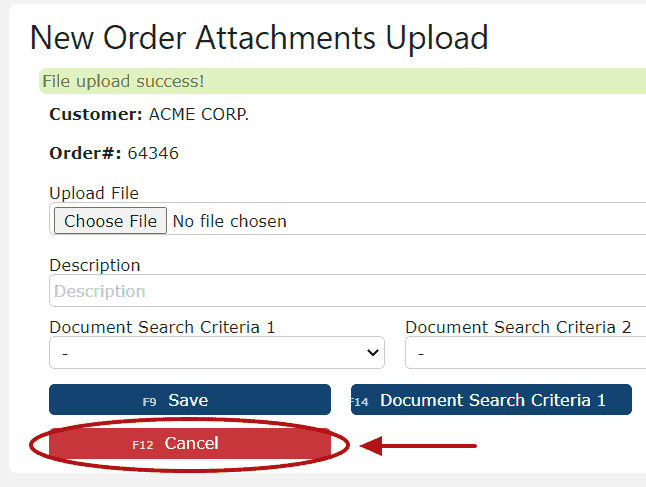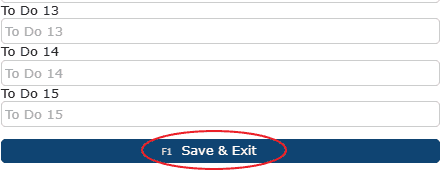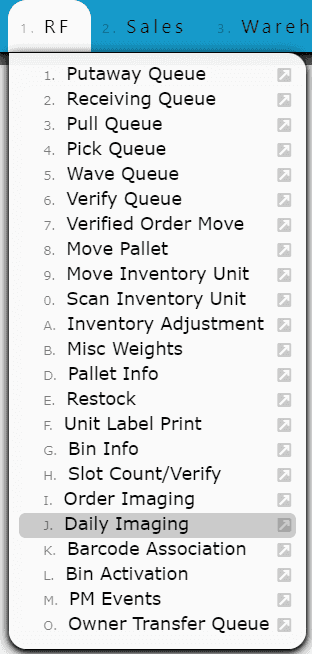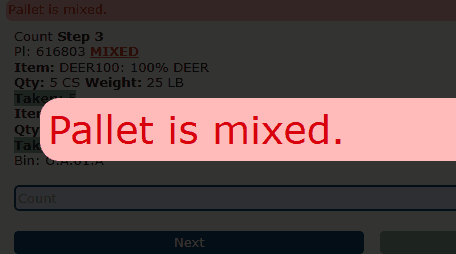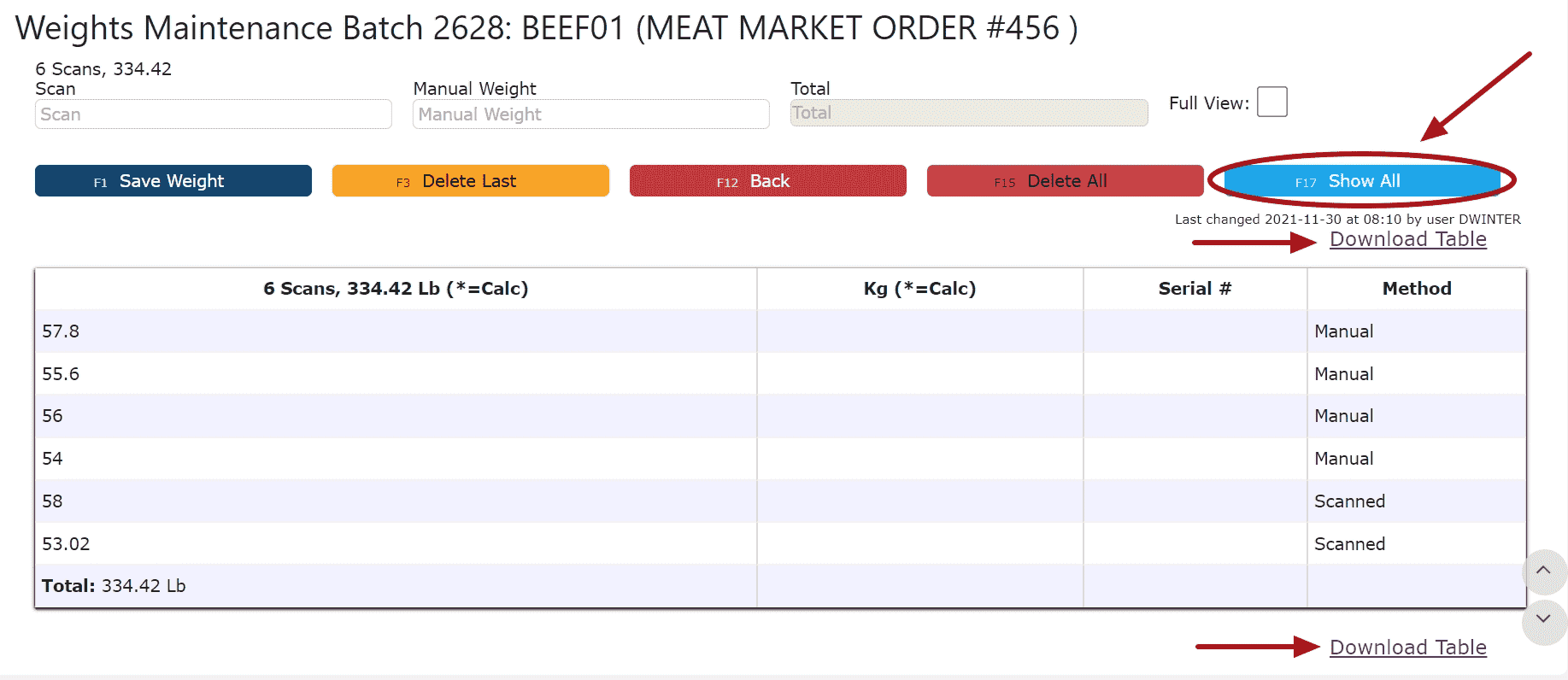Frozen Storage - Daily Imaging
The Frozen Storage Daily Imaging module allows users to capture and document photos of product conditions, inbound/outbound activities, and storage areas directly within the Inspired ERP system. These images are stored in the Daily Images Repository, creating a complete, date-based record of daily warehouse operations for temperature-controlled environments. This is especially useful for quality assurance, customer reporting, regulatory audits, and damage documentation within frozen storage workflows.
Key Information
• Used to document daily warehouse activities and quality checks specific to frozen or temperature-controlled storage areas.
• Entries can be linked to a specific customer, order, or QA inspection.
• All photos are securely stored and timestamped for traceability and compliance.
• Supports photo capture directly from the RF scan gun or upload from a desktop workstation.
• To-Do fields can serve as daily QA checklists or visual audit tasks (e.g., door seals, pallet cleanliness, frost build-up, etc.).
• Commonly used during inbound receiving, outbound loading, and storage condition verification.
Create a Daily Image Entry
1. Navigate to Warehouse → Daily Imaging.

2. Click the
Add New button to create a new record.
3. Enter a
Description summarizing the imaging purpose (e.g., “Frozen Inbound QA 11/13,” “Freezer Door Seal Audit,” or “Customer Outbound Photos”).

4. Select the
Date of the imaging session.
5. Assign a
Customer if the images relate to a specific account.
6. Use the
To Do fields to outline QA tasks or reminders (e.g., “Verify lot labels,” “Check pallet wrap integrity,” “Take photos of any ice buildup”).
7. Ensure
Status = Active, then click
Save & Exit near the bottom of the page to create the entry.
If you have entered multiple “To Do” tasks, you can print a checklist for the warehouse floor or QA inspector:
1. From the
Daily Imaging/Documents screen, locate your frozen storage entry. Then, click the
Pencil (Edit) icon next to it.
2. You will now be on the
Edit Daily Image/Document Entry page. At the bottom of the page, select the
Create PDF option. The system will generate a printable checklist for your team to use while capturing photos or conducting QA tasks.
Add Images to the Repository
1. On your desktop, open the
RF → Daily Imaging menu.
2. Enter or scan the
Daily Image Entry Reference # from your created entry, then click
Next to open the imaging session.
3. Tap
New Image to begin uploading photos.
4. Choose one of the following options:
•
Take Photo: Use the device’s camera to capture real-time photos.
•
Choose File: Select a previously taken image from your device.
• Optionally, add a
Description (e.g., “Damaged pallet wrap,” “Product stacked unevenly,” “Door frost buildup”).
• Click
Save to upload the image to the repository.
5. Repeat as needed for all required images.
6. When finished, click
Cancel to return to the main screen, then tap the
Images button to review all photos attached to that entry.
7. When back on the main screen, view your daily imaging entries in its entirety.
 Best Practices
Best Practices
• Capture photos before and after pallet movement or order processing.
• Always include
lots,
pallet IDs, and
customer labels in each image.
• Use the
To Do list as a standardized QA checklist for daily cold storage inspections.
• Store entries by
date and customer for easy retrieval during audits.
• Delete or archive inactive entries periodically to maintain a clean repository.
